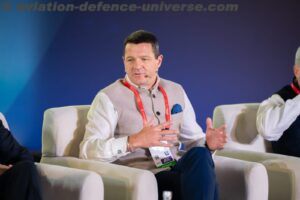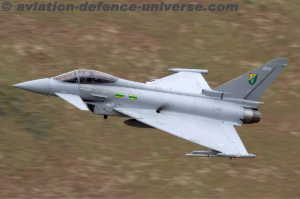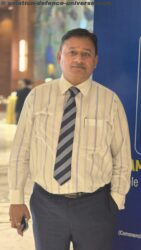Montreal. 27 November 2018. Royal Canadian Air Force (RCAF) CH-147F Chinook, CH-146 Griffon, and CC-130J Hercules aircrews currently supporting the United Nations Task Force Mali mission initially experienced the West African country virtually before embarking on the actual operational mission.
RCAF CH-147F aircrews from 450 Tactical Helicopter Squadron at Petawawa, CH-146 aircrews from 408 Tactical Helicopter Squadron in Edmonton, and CC-130J aircrews from 8 Wing Trenton, all prepared for the mission in CAE-built full-mission simulators.
“Simulation is an ideal tool for pre-deployment operation and mission rehearsal training because it gives aircrews the opportunity to safely and cost-effectively prepare for real-world operations in a virtual environment,” said Joe Armstrong, Vice President and General Manager, CAE Canada. “CAE is the RCAF’s training partner on all the aircraft platforms involved in Task Force Mali, and we bring a great deal of experience and expertise as a training systems integrator in being able to help the RCAF leverage its simulation-based training enterprise to support its operational missions.”
CAE developed a high-fidelity virtual database of Mali based on the Open Geospatial Consortium Common Database (OGC CDB) to be used in the CH-147F Chinook and CC-130J Hercules simulators, and a generic database of the Mali area for use in the CH-146 Griffon simulator. CAE also created highly-detailed and realistic virtual operational training areas. Instructors from CAE then worked closely with RCAF personnel to create lesson plans so aircrews could rehearse a range of missions, including aeromedical evacuation, in the virtual world.
“We knew Task Force Mali would be a very high tempo mission requiring our aircrews to be prepared and ready at a moment’s notice,” said Colonel Travis Morehen, Commander 1 Wing, Royal Canadian Air Force. “Simulation-based training is an invaluable tool in helping familiarize our aircrews with the operational environment and giving them the ability to practice and rehearse a variety of mission scenarios before actually having to perform these life-saving missions for real.”

























































































































